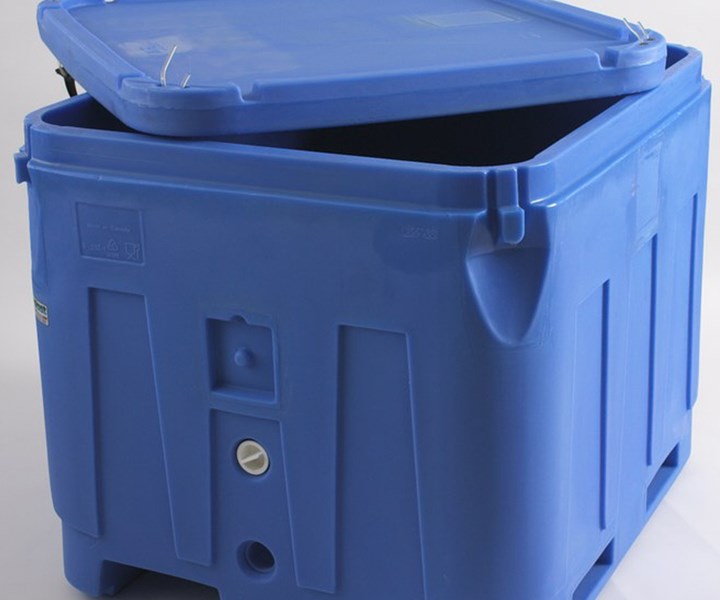Materials: Next-Generation PE Rotational Molding Resins
Nova Chemicals’ new Novapol TRx0338-U and TRx0535-U boast accelerated production, lower costs and increased production flexibility.
Two next-generation PE rotational molding resins have been developed by Nova Chemicals Corp. (U.S. office in Pittsburgh). Newly available Novapol TRx0338-U and TRx0535-U hexene comonomer resins. Reportedly are designed to help rotomolders achieve unprecedented productivity and part performance.

Extensive internal and customer testing has demonstrated that TRx0338-U and TRx0535-U resins can reduce cycle times by up to 30% and provide a processing window at least 15% broader than traditional hexene rotomolding resins. Additional benefits are:
â–ª Reduced cycle time enables manufacturers to produce more parts in less time at lower oven temperatures;
â–ª The broader processing window allows manufacturers to run different part sizes and thicknesses on the same arm under identical conditions without sacrificing part quality;
â–ª Processability characteristics support consolidation of traditional 3.5 and 5.0 melt index or 5.0 and 7.0 melt index grades to a single resin.
With a melt index of 3.5 and a density of 0.938, Novapol TRx0338 resin is ideal for small tanks, intermediate bulk containers (IBCs), roll-out waste carts, and material-handling containers for laundry and dry bulk goods. The 5.0 melt index, 0.935 density Novapol TRx 0535 resin is well-suited for toys, recreational vehicle components, kayaks and stand up paddleboards, and custom parts
Said rotational molding market manager Eugene Tabone, “Converters are always looking to enhance their efficiency…Our new Novapol TRx0338 and TRx0535 grades will help rotomolders leverage the fast sintering properties of these new resins to improve their molding operations.”

Related Content
-
Fundamentals of Polyethylene – Part 5: Metallocenes
How the development of new catalysts—notably metallocenes—paved the way for the development of material grades never before possible.
-
Polyethylene Fundamentals – Part 4: Failed HDPE Case Study
Injection molders of small fuel tanks learned the hard way that a very small difference in density — 0.6% — could make a large difference in PE stress-crack resistance.
-
Prices Drop for All Five Commodity Resins
While PE price reductions were not as apparent, they too were following the year-end price trajectory of PP, PS, PVC and PET.




